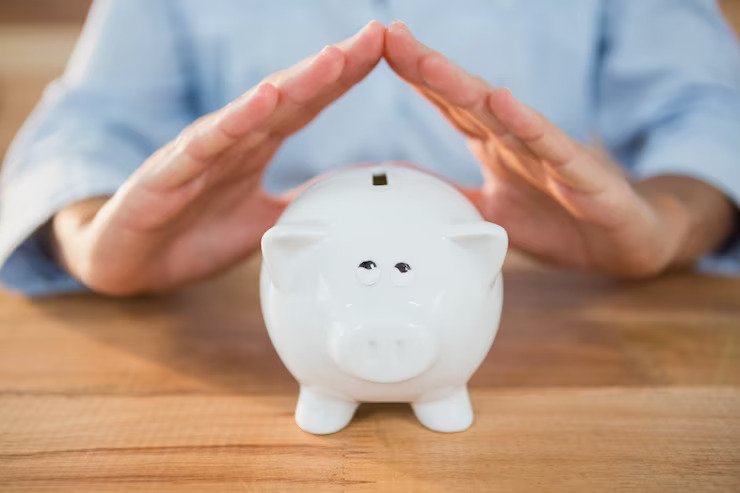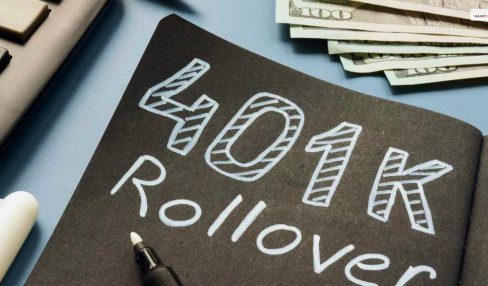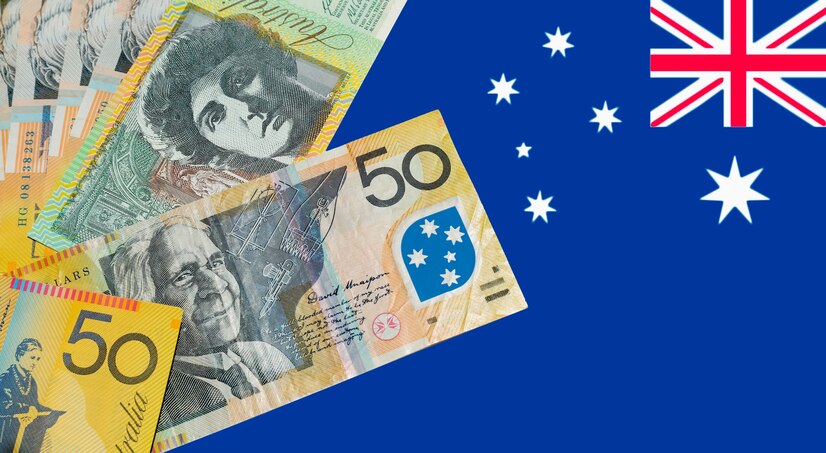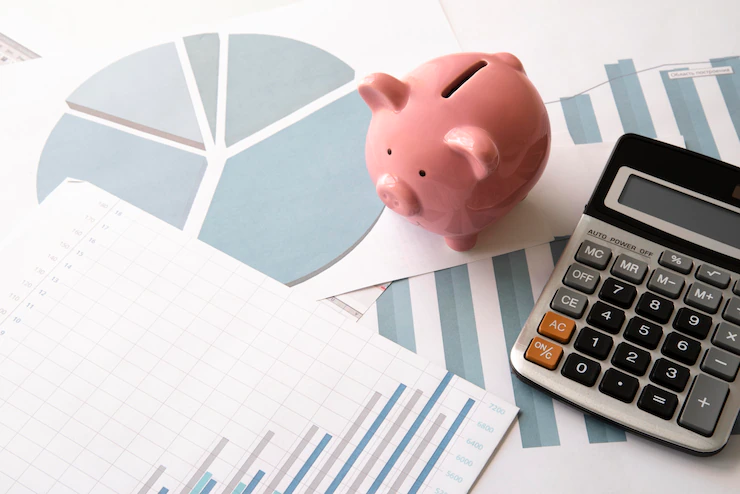What Is A Lån Uten Sikkerhet
6 Mins Read
Published on: 10 August 2023
Last Updated on: 16 September 2024

- How Do Secured Loans Compare To Unsecured Loans
- The Functionality Of The Unsecured Loan
- When Is An Unsecured Loan The Right Option
- You intend to make a significant purchase
- Your credit is excellent
- Debt consolidation is a common choice for unsecured lending
- What Criteria Do Lenders Look For With Unsecured Loans
- Creditworthiness
- Sound financial standing
- Minimum outstanding debt
- Final Thought
Unsecured loans or loans without collateral are loans in which the financial institution assumes the primary risk if the borrower stops making repayments. Products under this category include personal loans, student lending, and revolving credit such as credit cards.
While these have the potential to be billig lån or cheap loan products, borrowers must carry an excellent or, at minimum, a good credit score and offer sound financial resources to receive the lowest rates and favorable terms and conditions.
With most lenders, the funds can be used for virtually any purpose with nothing needed from the borrower except a signature promising repayment of the balance. Some loan providers reference the products as “signature loans” since they are simple to get if a borrower meets the eligibility criteria.
Because the lender takes the brunt of the risk, this is why a borrower needs a healthier credit and financial profile and could see a slightly higher interest to accommodate the potential for loss if the loan were to default. That can readily happen if an unexpected job loss were to occur.
The lender would have no recourse to recover the funds if repayments were to stop except to pursue the matter in court. Many lenders simply forgo the remaining balance, considering it a loss but counting the extra interest as some recovery.
Let’s look more closely at unsecured loans, particularly how these differ from secured lending.
How Do Secured Loans Compare To Unsecured Loans

Secured loans are distinct given the fact these require the borrower to supply a valuable asset like a house, auto, or savings, equal to the loan amount to the lender to hold until the balance is paid in full. The lender has the authority to recover the loss if the loan defaults using the asset.
If a borrower refuses to put up collateral for a secured product, the lender will reject the loan. These types of consumer loans include mortgages, auto loans, some personal lending, and home equity options. These consumer loans are not available as unsecured products.
The house will always secure a mortgage, and an auto will always secure a car loan. Often approval for secured financing is much simpler and more straightforward than an unsecured product since there’s less risk for the provider.
With collateral backing the loan, the loans offer more competitive rates than unsecured lending.
The Functionality Of The Unsecured Loan
A personal loan is usually an unsecured product, an installment loan requiring no asset to secure the funds, or unsecured credit cards, or revolving lines of credit.
Lenders offering unsecured loans prioritize checking creditworthiness, financial standing, and outstanding debt, serving as their primary security that the balance will be paid back. The only other guarantee offered to the lender is a signature from the borrower guaranteeing their intention to repay the loan.
While the lender has limited recourse if the repayments stop, there are steps the provider can take, including sending the debt to a collection agency, bringing the case to court for a judgment to garnish wages, and ensuring the credit bureaus are aware of the default. That will drop the score and tarnish the profile.
When Is An Unsecured Loan The Right Option
Depending on your financial and credit circumstances and the purpose for borrowing, an unsecured loan could be the right product, especially if you’re uncomfortable putting up an asset to secure the funds.
You might want to consider this choice in the following scenarios:
-
You intend to make a significant purchase
An unsecured loan can be used for virtually any purpose, whereas most consumer loan products need a reason to borrow funds.
If you need or want a significant purchase that could lead to considerable debt, the unsecured product would probably be the best choice and offer the most favorable outcome. In most cases, you’ll need excellent credit in order to receive a cheaper unsecured loan.
With less-than-favorable credit, higher rates, and associated fees will depend on that rating. If it’s too low, the loan could be rejected altogether. It’s wise to check your credit profile before committing to a formal application to see where you stand.
-
Your credit is excellent
With an excellent credit score, sound financial standing, and minimal debt, an unsecured loan product can be cheap. Lenders will see you as less of a risk and have little problem assigning a lower interest rate and more favorable terms and conditions.
For you, it’s wise to compare various lenders to find the most competitive rates on the market since many loan providers will vie for your business. It’s an opportunity to sort of pick and choose, looking for no fees or charges aside from the best rate.
-
Debt consolidation is a common choice for unsecured lending
Many people take the opportunity to use unsecured lending for consolidating higher-interest debt, making monthly obligations more manageable and ultimately saving money.
If you find this solution could help your financial circumstances, it’s wise to reach out to loan providers to become informed on the eligibility criteria. To learn if you meet the qualifications, which could include a minimum income requirement, research your profile and search your credit history and score.
Even if you’re a little lower in your score, you could still save money with a slightly higher interest rate being a single fixed monthly installment instead of several monthly obligations, each with different interest and several balances and due dates.
It’s definitely worth weighing the advantages and the savings against the downsides. Visit here for guidelines on getting a small personal loan.
What Criteria Do Lenders Look For With Unsecured Loans

The priority with loan providers offering unsecured lending products is to limit the risk they undertake by ensuring the balance can be repaid. The lender does so by measuring creditworthiness, financial soundness, and amount of debt. Let’s look at how they make their decisions.
-
Creditworthiness
A lender will review the credit profile to discern financial responsibility from the past to the present. The aim is to ensure there are a few years of positive management of credit with balances kept low, repayments consistent and on time, and a sufficient blend of types of accounts.
The score will be of primary importance. Those with a score of roughly “700 or above” will garner the best rates with lending and more favorable terms and conditions.
-
Sound financial standing
The loan provider wants to ensure you can support monthly financial responsibilities, including the new loan repayment, which will reduce the risk to the lender. You will need proof of a steady, adequate income, including pay vouchers with information on a stable employer.
-
Minimum outstanding debt
The provider will measure your debt-to-income ratio, which involves adding the entirety of the debt paid out each month and dividing that sum by the gross income coming in each month. The goal is to keep this ratio below 30 percent to show that your income is sufficient for repaying a new debt.
The lower the ratio, the better you look to a loan provider. Each lender has different criteria on the ratio they’ll accept, but max is no higher than roughly 40 percent, or loans will likely be rejected for too great of debt.
Final Thought
It is possible to be approved for a cheap unsecured loan. Still, this often requires a credit score of roughly 700 or above with outstanding financial standing and a minimum debt-to-income ratio of approximately 30 percent.
Anything outside these guidelines will present a risk to the lender. That will mean a rise in the interest rate and potential associated fees according to where you fall within the criteria. It’s not difficult to get approved for an unsecured loan; it’s challenging to get the cheapest rates with minimal fees and charges.
Read Also:


















Comments Are Closed For This Article